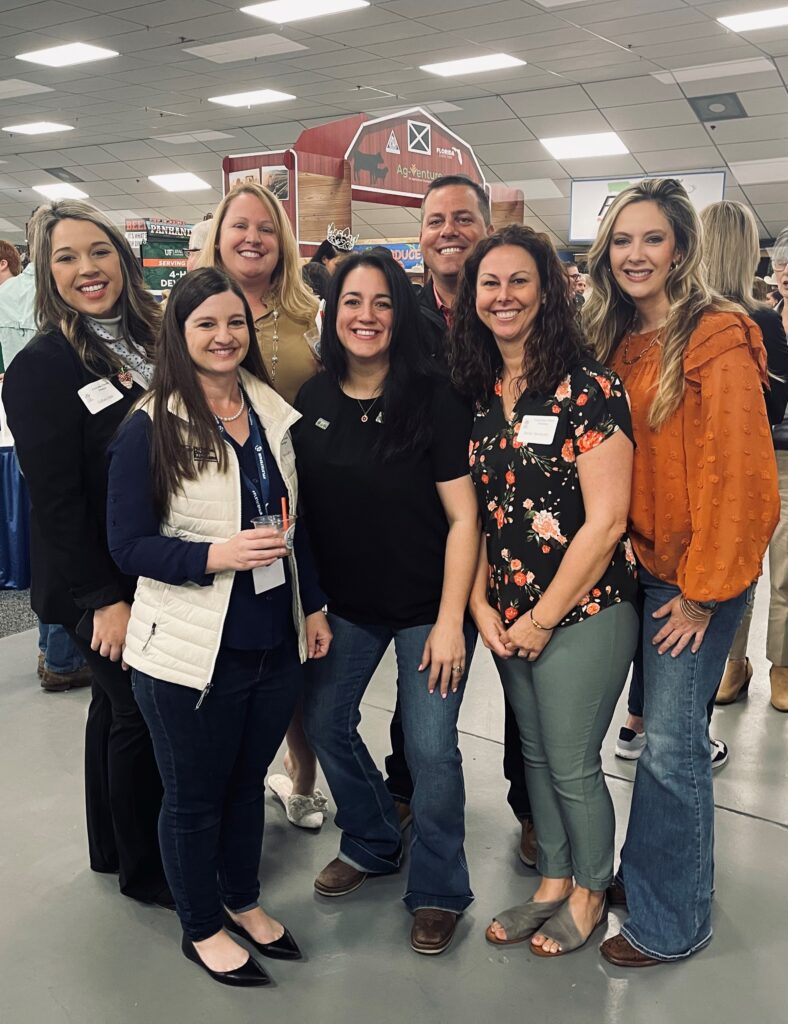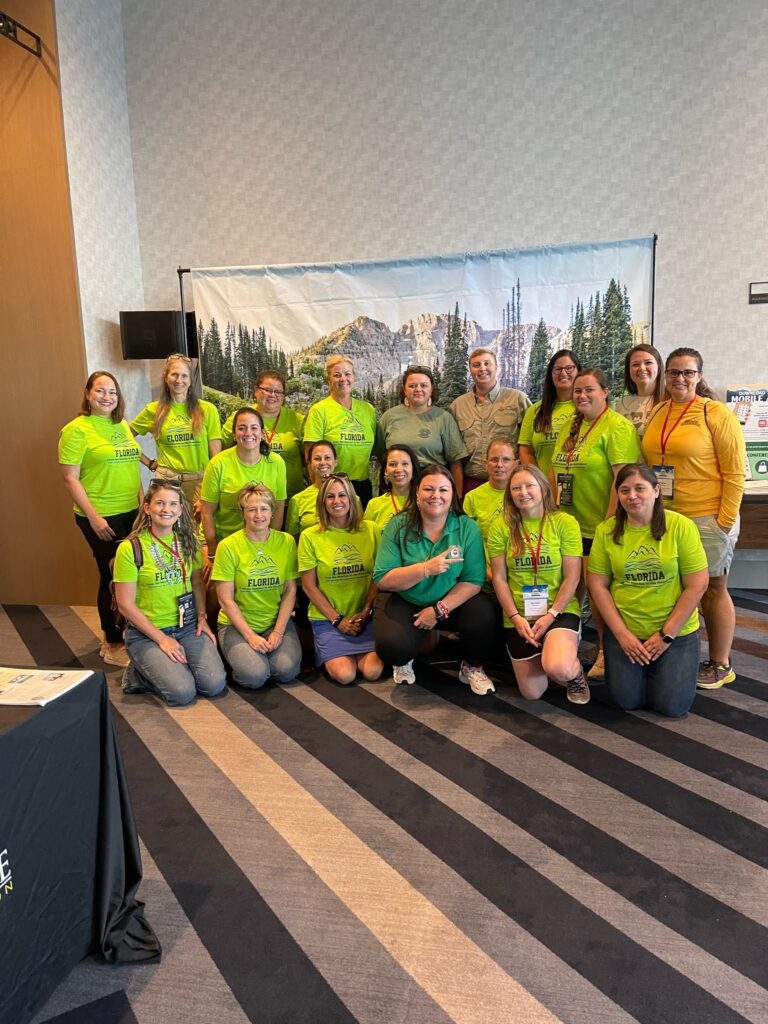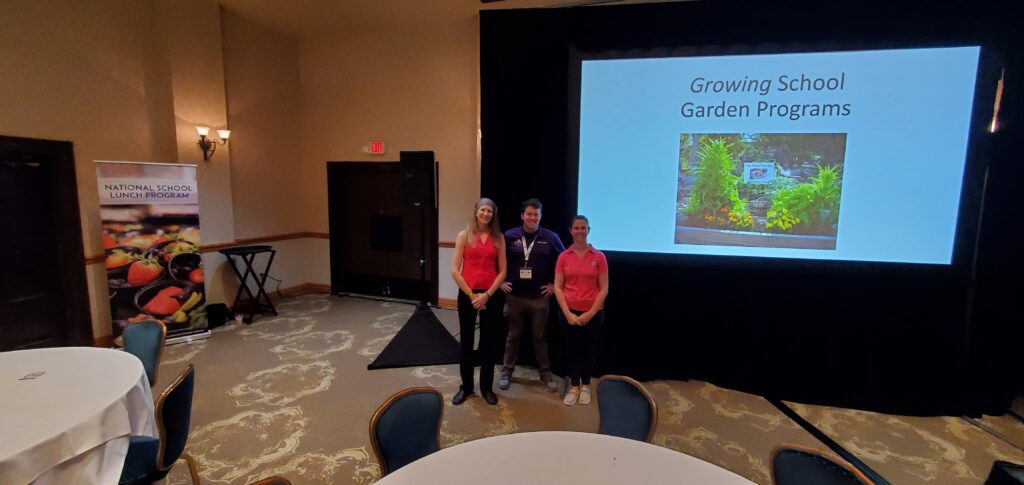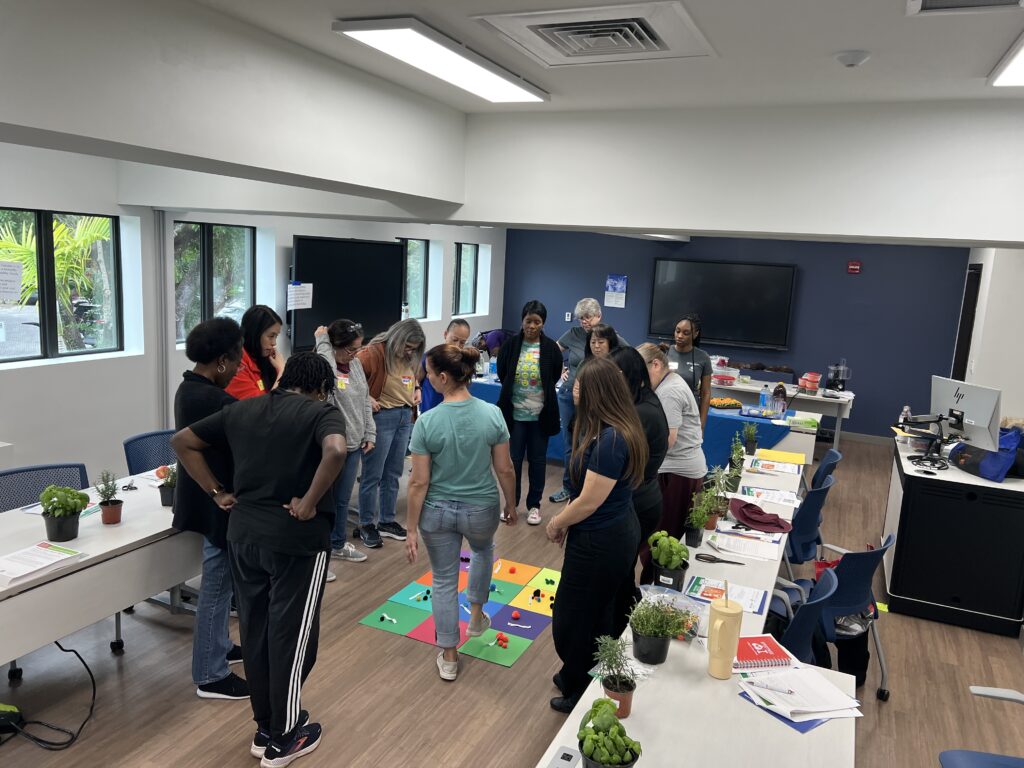Florida Ag in the Classroom Creates Resources to Teach Tomorrow’s Leaders Today
by RYAN MILEJCZAK
It’s not hard to see the importance of agricultural education. Not only does it foster the next generation of ag workers, it also helps young people better understand everything that goes into the food they eat. But resources for agricultural education in our schools are often lacking, especially at the elementary level.
That’s why Florida Agriculture in the Classroom works to create resources for ag education.

“FAITC is an organization where we are trying to teach the importance of agriculture and natural resources here in Florida, and we do that through free educational resources,” says Becky Spoonholtz, FAITC executive director. “Through those resources, we’re trying to get more teachers educated and involved to understand where their food and fiber comes from.”

FAITC has its origins in 1986, when it was created under the Farm Bureau with the help of the Florida Department of Agriculture & Consumer Services. In 1996, FAITC branched out and became its own independent nonprofit, at which time it started receiving its funding via the “ag tag.” You’ve likely seen these agricultural license plates, emblazoned with “Agriculture Keeps Florida Green,” while driving around and maybe even have one yourself.
FAITC uses this money to fund a variety of programs.
“We have an Agricultural Literacy Day book that we create every year, and resources to go with that, we do teacher workshops throughout the state, and we also give out grants,” says Spoonholtz.
Every year, FAITC creates a new book for Agricultural Literacy Day. Rather than a single day of the year, this is a program which allows schools to set a day to learn about agriculture in Florida. Representatives from the Florida ag industry visit schools around the state to read to students and teach them about agriculture.
“Our biggest achievements at FAITC are all the different Agriculture Literacy Day books that we have created,” says Spoonholtz. “To be able to create a children’s book that is related to ag and can go for different grade levels is not an easy task. So we’re really proud of that.”
The grants FAITC provides, which help teachers fund extra ag-related projects for their classrooms, are another major achievement for the organization.
“I’ve worked to get more and more money to fund grants, because teachers put a lot of their own money and time into their classes. So we felt it was very important to make sure we are there to help fund these extra projects,” explains Spoonholtz.
To better help prepare teachers to give lessons on agriculture, FAITC holds a variety of workshops.
“Over the years, we’ve done different teacher workshops. We’ve done workshops where the first part covers the curriculum, and then the second half is a farm tour, because it’s a lot easier to teach agriculture when you really fully understand what it means to be in that industry. We’ve also partnered with the UF/IFAS Family Nutrition Program to create our school garden leadership training series,” Spoonholtz explains.
In its effort to push agriculture education, FAITC has also worked with teachers to create agriculture-based lesson plans.
“We don’t have an official course in Florida, but they do in Georgia. We saw what they were doing and we really loved it, so we had six teachers assist us in creating around 30 lessons per grade level that are all agriculture based. They cover kindergarten through fifth grade, and we’ll have about 180 new lessons coming out,” she explains.
FAITC’s garden curriculum helps schools create gardens that give students firsthand experience with agriculture.
“In 2011, we created our first school garden curriculum book, called ‘Garden for Grades,’ ” explains Spoonholtz.
This book covers topics like the basics of soil, germination, photosynthesis, and plant nutrition, and is designed to be appropriate for students in kindergarten through first grade. It’s one of three gardening curriculum books created by FAITC, alongside “Gardening for Nutrition” and “Stemming Up Gardening.”
Gardening for Nutrition helps teach children about health and wellness through gardening. These books are split into three levels; K through second grade, third through fifth grade, and sixth through 12th grade. “Stemming Up Gardening,” meanwhile, is an in-depth gardening book aimed at middle and high school students.
Alongside the gardening books, FAITC has also created helpful posters to explain planting guidelines and nutrition.
“We created this rainbow of nutrition planting guides featuring fruits and veggies in every color,” explains Spoonholtz. “On the front, it has basics about the nutritional value of the fruit or vegetable, and on the back are basics on how to plant them. We created 10 different posters, and in fact we no longer have any in stock because they were so popular.”
When it comes to the secret to their success, Spoonholtz is quick to thank all those who have supported them over the years.
“We couldn’t do what we do without the support of our Florida agriculture industry and our amazing board of directors who are so passionate about teaching agriculture. We just have an amazing agriculture industry, and we really appreciate everything they do.”




